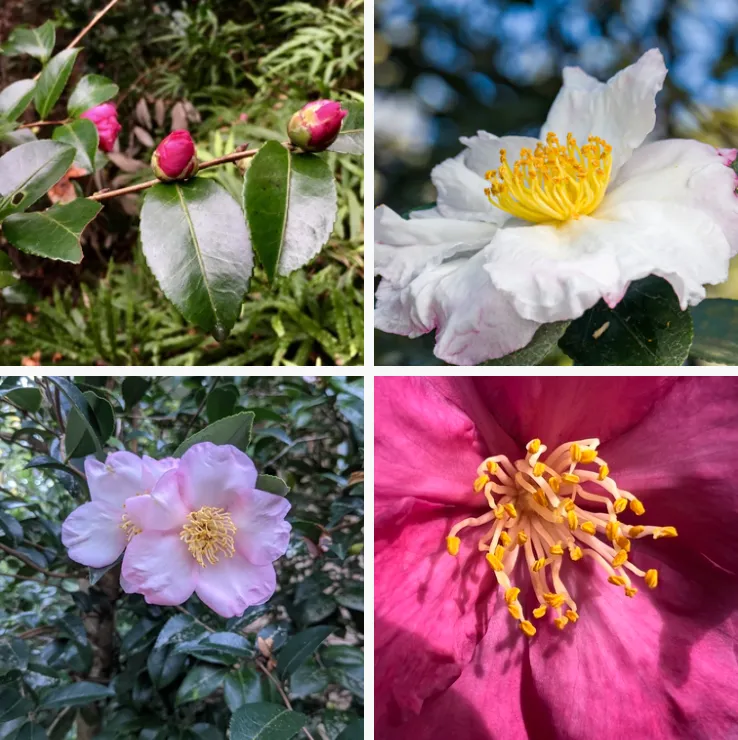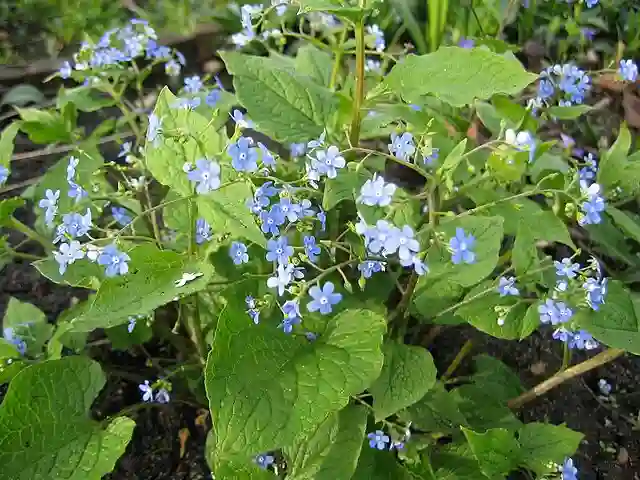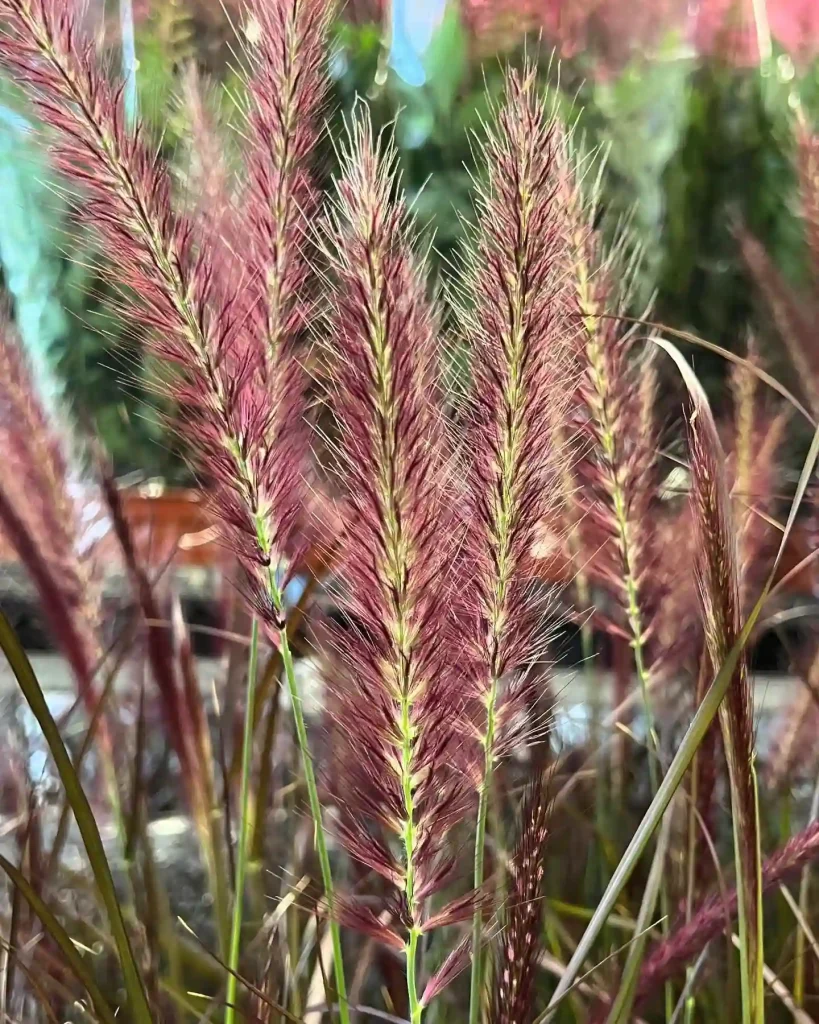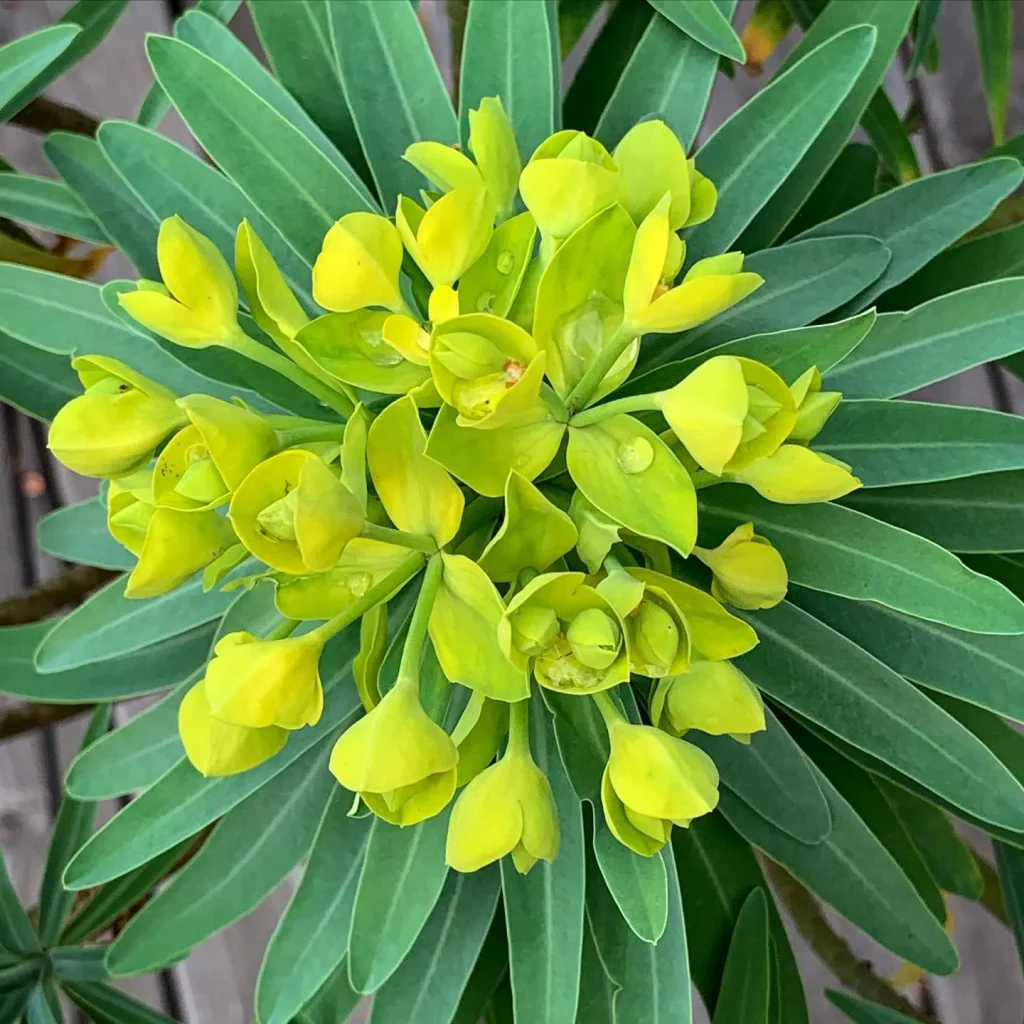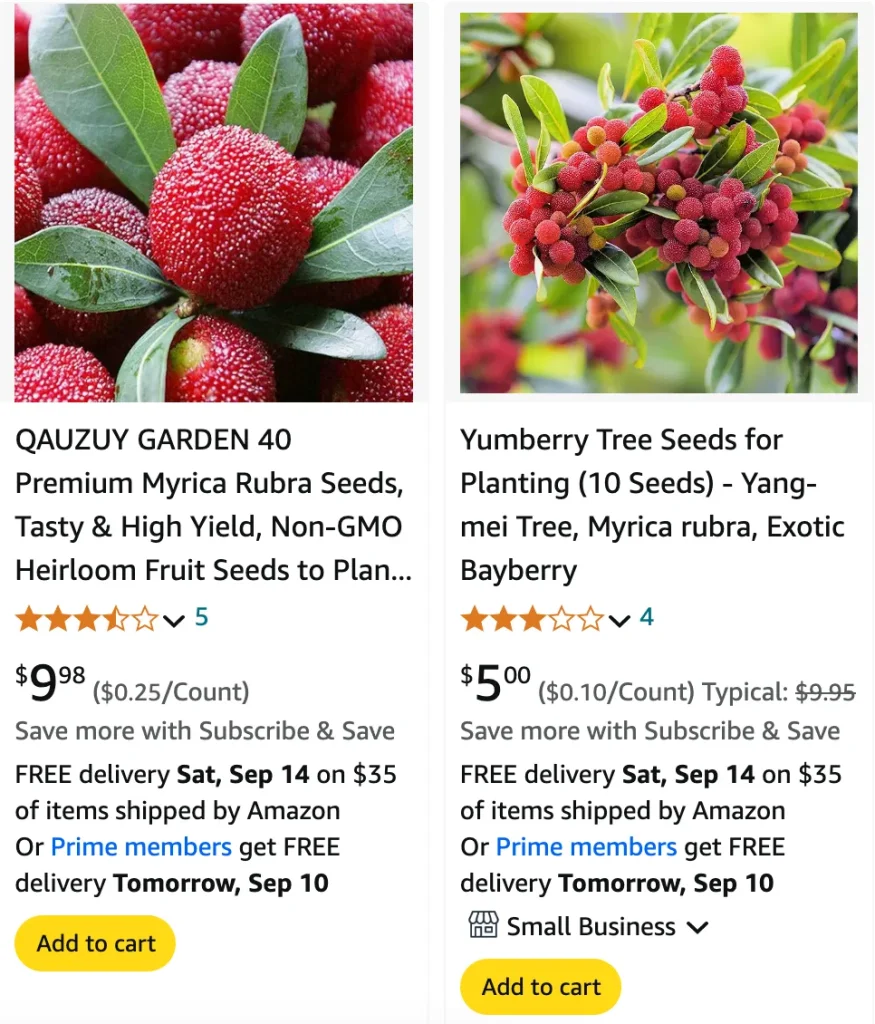
FAQs about Myrica Rubra: Growing, Buying, and More
As someone with a passion for diverse plant species, I’ve found Myrica Rubra, also known as the Chinese bayberry or yangmei, to be an intriguing addition to any garden. Its striking red fruits and adaptability make it appealing, but there are often many questions surrounding this unique plant. Let me dive into some of the most frequently asked questions about Myrica Rubra, from how to grow it to where to buy it.
50 Species in Genus Myrica
What is Myrica Rubra?
Myrica Rubra, commonly referred to as yangmei or Chinese bayberry, is a fruit-bearing tree native to China. It produces small, round, red fruits that resemble berries and are known for their tart and sweet flavor. Aside from its culinary uses, Myrica Rubra is valued for its ornamental appeal, with its glossy green leaves and vibrant fruits. In traditional Chinese medicine, the fruit is also believed to have various health benefits, making it a highly sought-after species.
How to Grow Myrica Rubra?
Growing Myrica Rubra successfully requires understanding its natural habitat. The tree thrives in subtropical climates and prefers well-drained, slightly acidic soil. Here’s how I approach growing it:
- Location: I always choose a sunny spot in the garden that receives plenty of direct sunlight. Myrica Rubra prefers full sun but can tolerate some partial shade.
- Soil: It’s essential to plant Myrica Rubra in well-draining, acidic to neutral soil. I typically add organic compost to enrich the soil and ensure it retains the right moisture level.
- Watering: While it’s not drought-tolerant, Myrica Rubra doesn’t like to sit in water either. I water it regularly but ensure the soil never becomes waterlogged. Consistency is key.
- Pruning: Light pruning helps maintain its shape and encourages healthy growth. I typically prune it after the fruiting season, removing any dead or damaged branches.
With proper care, Myrica Rubra can become a beautiful and productive tree in your garden.
Will Myrica Rubra Grow in the States?
Yes, Myrica Rubra can grow in certain parts of the United States. The tree prefers a subtropical to warm temperate climate, which means it can grow well in states like Florida, parts of California, and the southern regions of Texas. If you’re in a colder region, however, growing Myrica Rubra might be a challenge. The tree isn’t frost-hardy and requires a relatively warm environment to thrive.
How to Care for Myrica Rubra?
Caring for Myrica Rubra involves providing the right growing conditions. I’ve found that regular watering and occasional fertilizing keep the tree healthy. Additionally, it’s important to monitor for pests like aphids or scale insects, which can sometimes target the plant. Applying organic pesticides can help if you notice any issues. Mulching around the base also helps retain moisture and regulate soil temperature, particularly during the hotter months.
Where to Buy Myrica Rubra?
Finding Myrica Rubra can be a bit tricky, depending on where you live. I’ve had the best luck purchasing it from specialty nurseries that focus on rare or exotic plants. Many online nurseries in the U.S. now offer Myrica Rubra trees, but I’d recommend checking local garden centers first to see if they carry it. If you’re in a region where the plant thrives, you might find it easier to source locally.
How to Propagate Myrica Rubra?
Propagating Myrica Rubra can be done through seeds or cuttings. Personally, I prefer cuttings, as it tends to be faster and more reliable. When using cuttings:
- I select semi-hardwood cuttings during the late spring.
- Remove the leaves from the lower half of the cutting and dip it in rooting hormone.
- Then, I plant the cutting in a pot filled with a well-draining mix of soil and sand, keeping it moist until roots develop, which usually takes a few weeks.
Can You Grow Myrica Rubra Indoors?
While it’s possible to grow Myrica Rubra indoors, I wouldn’t recommend it unless you have a large space with ample sunlight. The tree can grow quite large and needs plenty of light to produce fruit. If you’re determined to grow it indoors, using a dwarf variety and placing it near a south-facing window with lots of sun would be the best approach. It might also need to be moved outdoors during the warmer months for optimal growth.
Is Myrica Rubra Toxic?
Myrica Rubra is not toxic to humans, and in fact, its fruit is edible and used in various culinary applications, especially in China. However, like with many fruit-bearing plants, it’s always best to consume in moderation. If you have pets, consult with a veterinarian to ensure that the fruit doesn’t cause any unexpected issues, although there’s no known toxicity in animals.
What Are the Benefits of Myrica Rubra?
There are several benefits to growing Myrica Rubra, beyond just its aesthetic appeal. The fruit is rich in vitamin C and antioxidants, making it a healthy addition to the diet. In traditional Chinese medicine, it’s believed to aid digestion and boost immune function. Moreover, the tree itself can serve as an ornamental feature in gardens, providing shade and attracting wildlife like birds, which are drawn to its fruits.
Common Problems with Myrica Rubra
Like any plant, Myrica Rubra has its set of challenges. I’ve noticed that root rot can be a problem if the soil isn’t well-drained. To prevent this, I ensure the soil isn’t overly saturated and avoid overwatering. Pests like aphids and scale insects can also be an issue, but organic pesticides or natural predators like ladybugs usually keep them under control.
How Does Myrica Rubra Compare with Other Similar Plants?
Myrica Rubra is often confused with plants like wax myrtle (Myrica cerifera), which is more common in the U.S. Both are from the Myricaceae family, but wax myrtle is primarily used for its aromatic leaves and is more adaptable to a variety of climates. Myrica Rubra, on the other hand, is prized for its fruit and ornamental value but is more particular about its growing conditions.
Myrica Rubra is a rewarding plant to grow if you’re in the right climate and are looking for something unique. It requires some care and attention, but the payoff is worth it, especially when you’re able to enjoy its delicious fruits!
If i die, water my plants!
